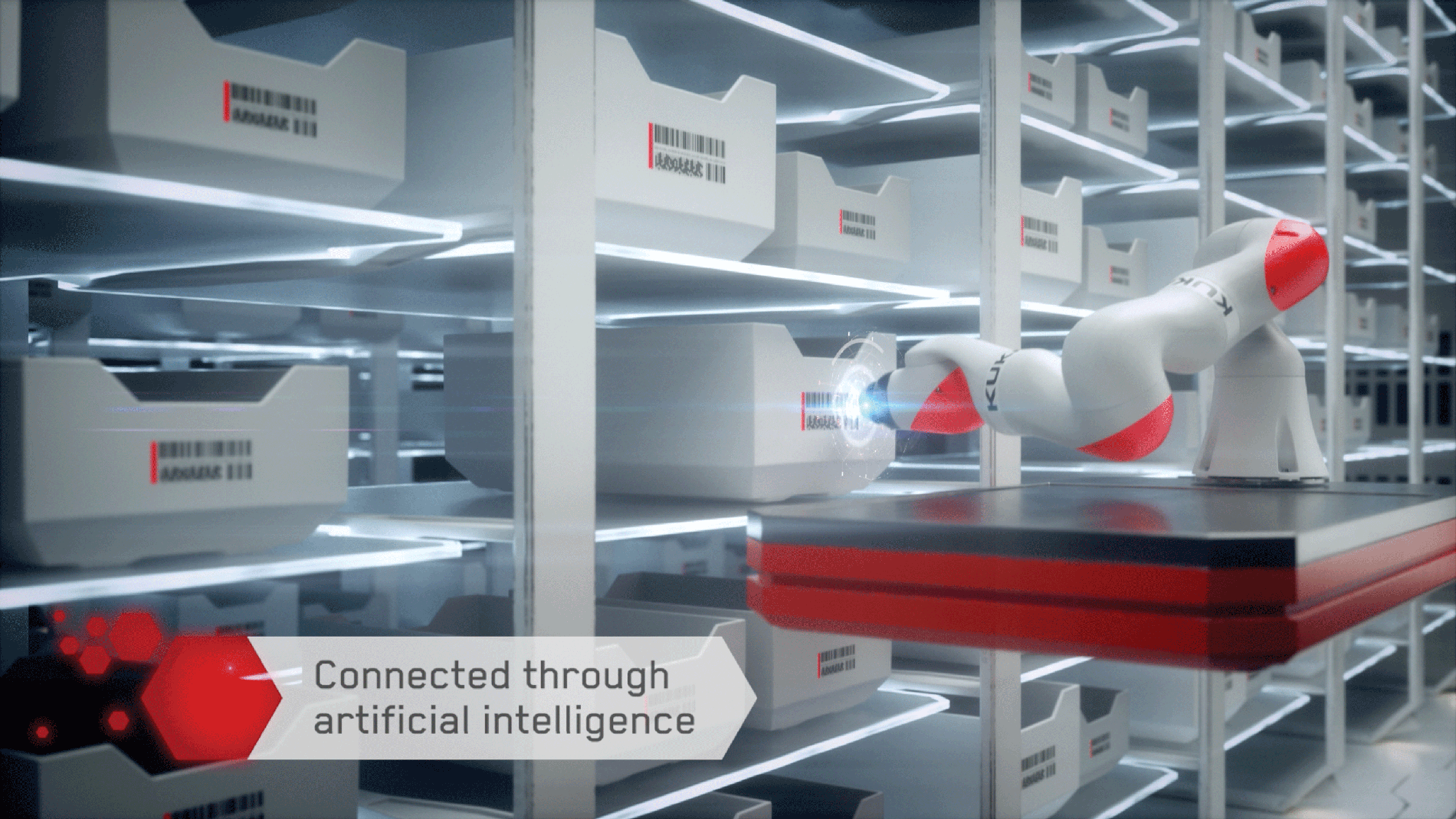How will the warehouse of the future look like?
Remember what your warehouse was like 12 years ago, when e-commerce was still in its infancy and most of us were unfamiliar with the term omni-channel?
Things have definitely changed since then. With the constant influx of information in today’s digital world, it can be hard to remember what we had for lunch yesterday; let alone what was happening in warehouses 12 years ago.
Now imagine trying to predict what your warehouse will look like 12 years in the future, especially considering that the pace of change continues to accelerate. That may be even more difficult.
Yet, having a vision of where things are going in the future can help you make better decisions in the present. And, as it turns out, what’s happening in the present, if we analyze it closely enough, can provide powerful clues as to what is coming—even as far as 12 years into the future.
Over the past three months, a team of Swisslog and KUKA specialists did exactly that. We took a systematic approach to analyzing societal and technology trends that are emerging today and projected their influence on the warehouse of 2030.
In terms of trends, here is a sample of what we reviewed:
- Globally, the population is becoming more urban and incomes are rising. In developed countries, the population is aging and the workforce is shrinking while those trends are reversed in developing countries where birth rates are higher.
- There are significant technology developments emerging today that will, in all probability, shape the warehouse of the future. Those include predictive analytics and machine learning, autonomous vehicles and drones, robotics, and 3D printing.
- The changes in consumer behavior we see today can also be extrapolated into the future. These include the growth in omni-channel retail in which consumers move seamlessly across channels and choose what to purchase and how based on their specific circumstances at the time of purchase. They will also continue to demand greater personalization and customization. And, they will have even less tolerance for delivery delays. When they purchase something, regardless of channel, they will expect to receive it the same day.
So, what does this mean for the warehouse of the future? Here are some of the key takeaways from our analysis:
- The warehouse must move closer to the customers it serves. We envision a growth in urban distribution centers that stage products close to users within large cities to enable faster delivery and a more seamless omni-channel experience. The obvious challenge to this scenario will be the space limitations and relatively high real estate costs inherent in urban markets. This will dictate compact and efficient warehouses with limited inventories that are optimized using predictive analytics and supplemented with 3D printing.
- The space constraints imposed by urban environments will likely also impose a shared service model in which multiple sellers share space in the same facility with products from these sellers consolidated for delivery similar to how parcel shippers consolidate packages today.
- The urban warehouse must be equipped to produce products as well as store and ship them. With greater customization on the horizon and the continuing maturation of 3D printing technology, the urban distribution center will be well positioned to “print” products on demand and then package and deliver them just as they do products from inventory.
- The urban distribution center must be configured to support same-day delivery or customer pickup through some combination of autonomous vehicles, robotic picking and loading, drones and mobile pickup points.
- Technology will play a significant role in delivering the speed and efficiency required and automating the movement of products from large regional warehouses to the urban distribution centers, while enabling faster picking, loading and delivery of these products.
Sounds interesting? I encourage you to read our paper, Planning for the Warehouse of the Future. It provides a more thorough review of trends shaping the future of distribution and a more detailed picture of what the urban distribution center of 2030 will look like and how it will operate.





